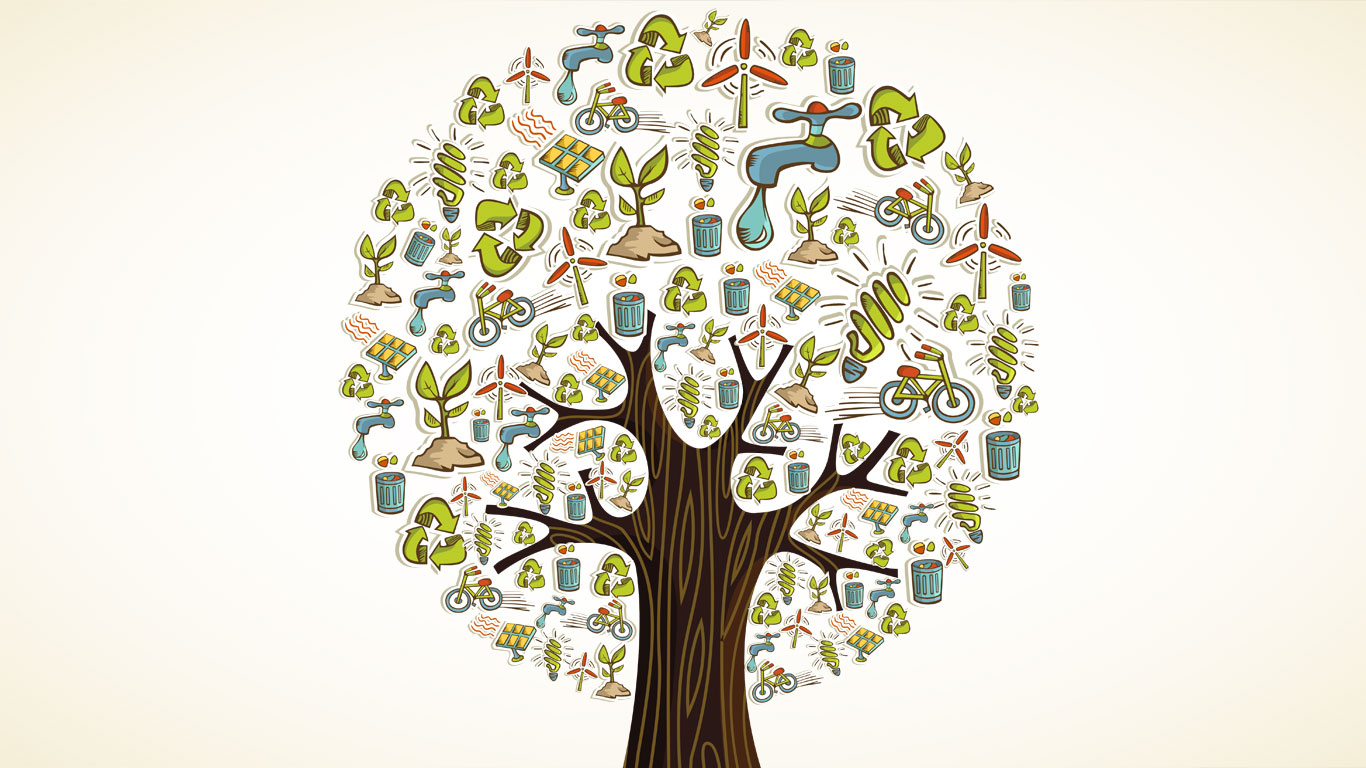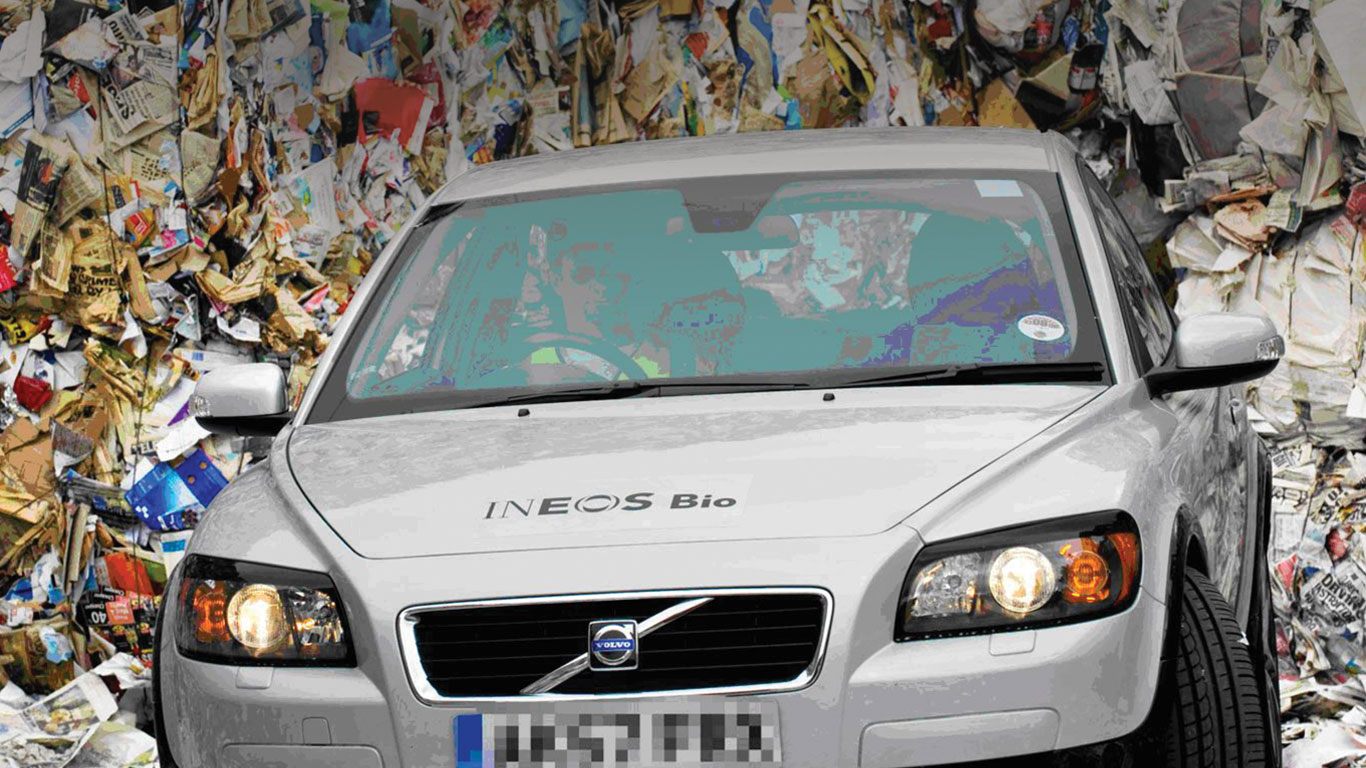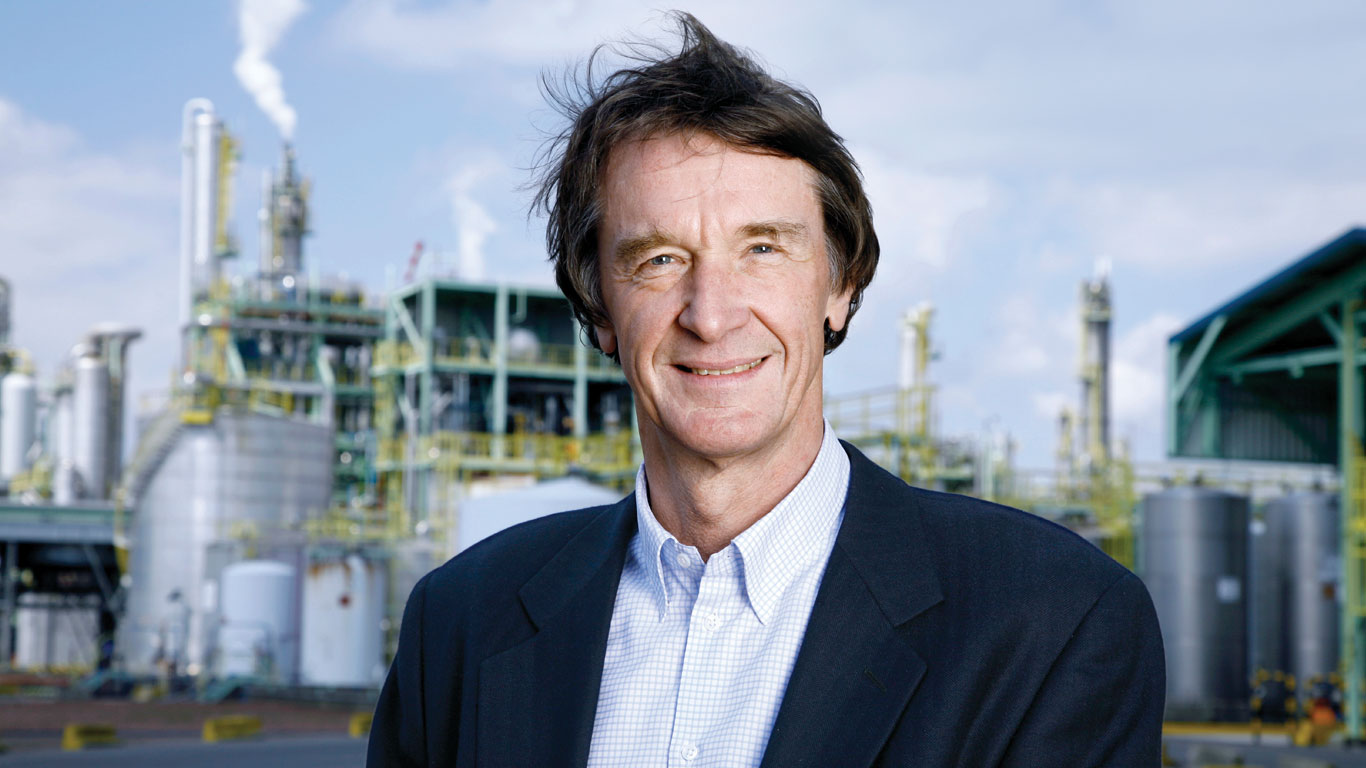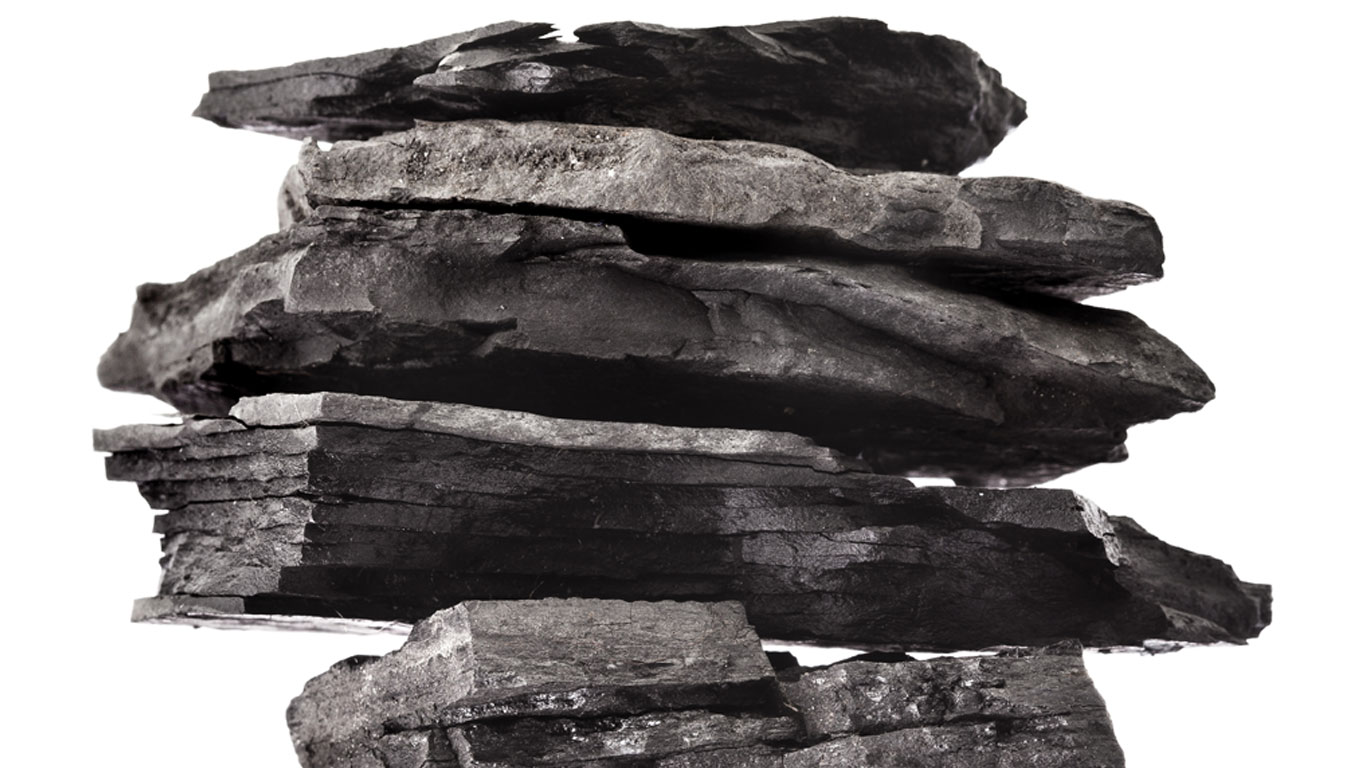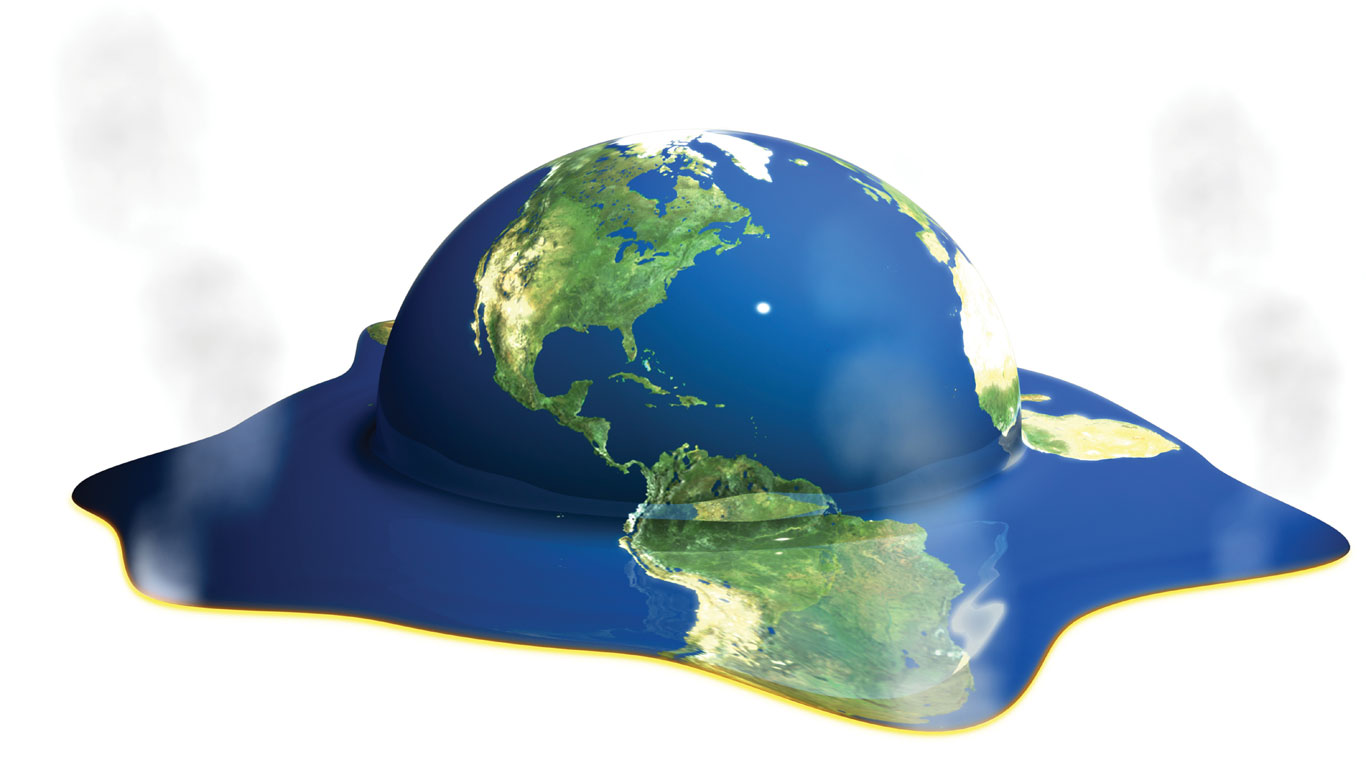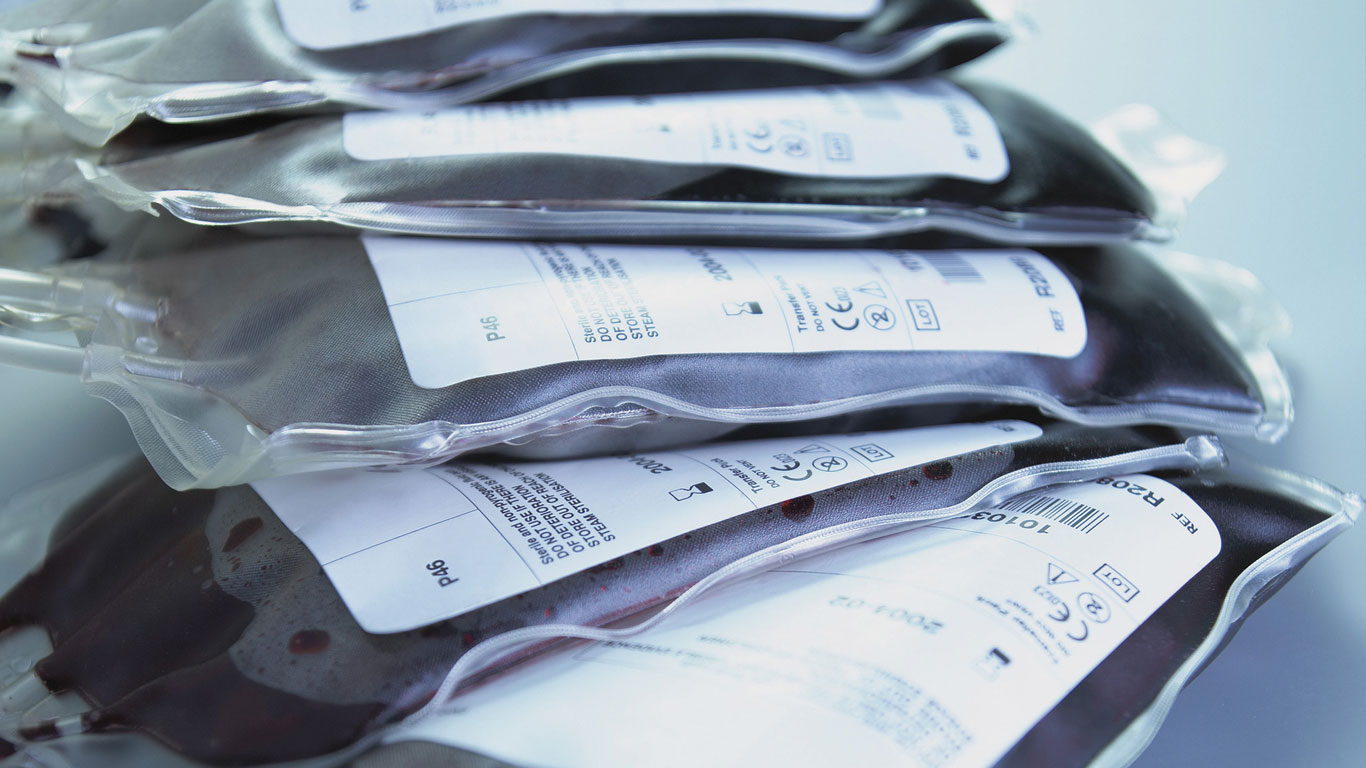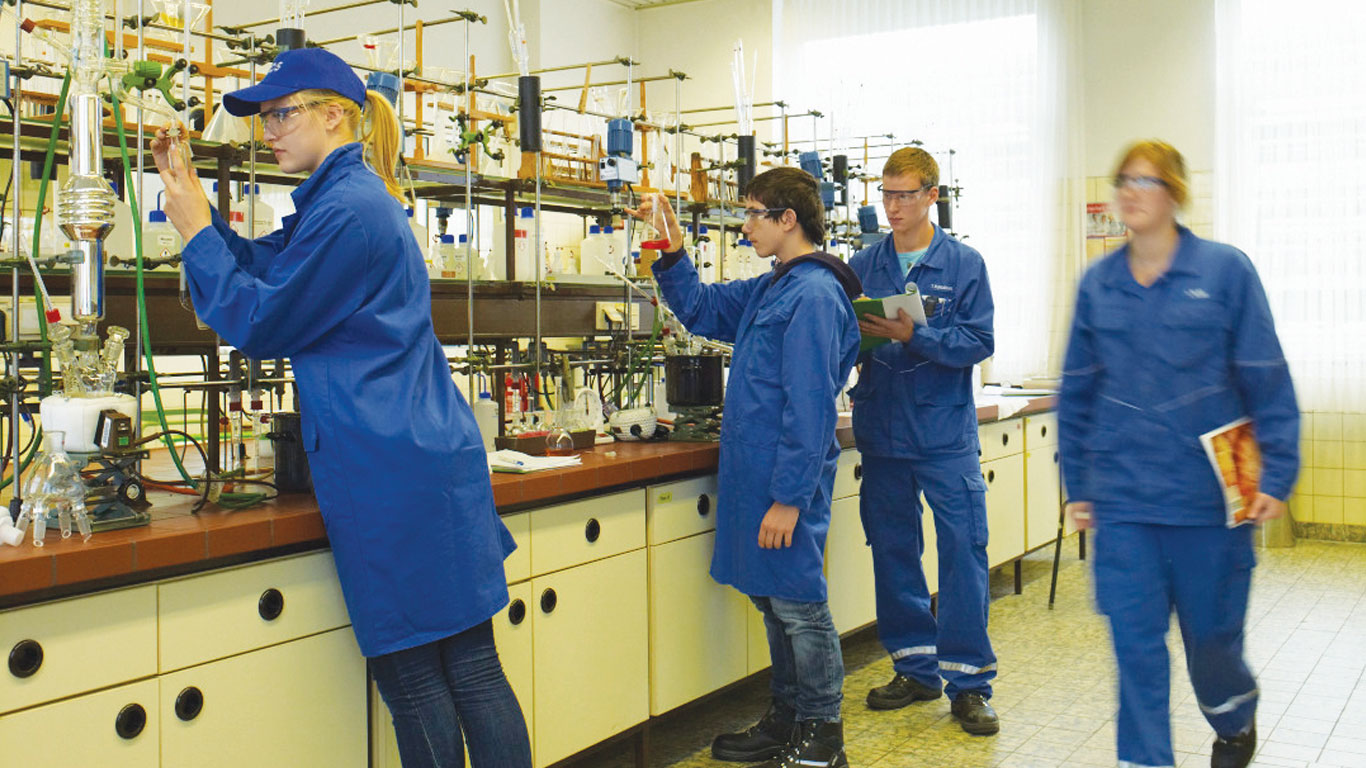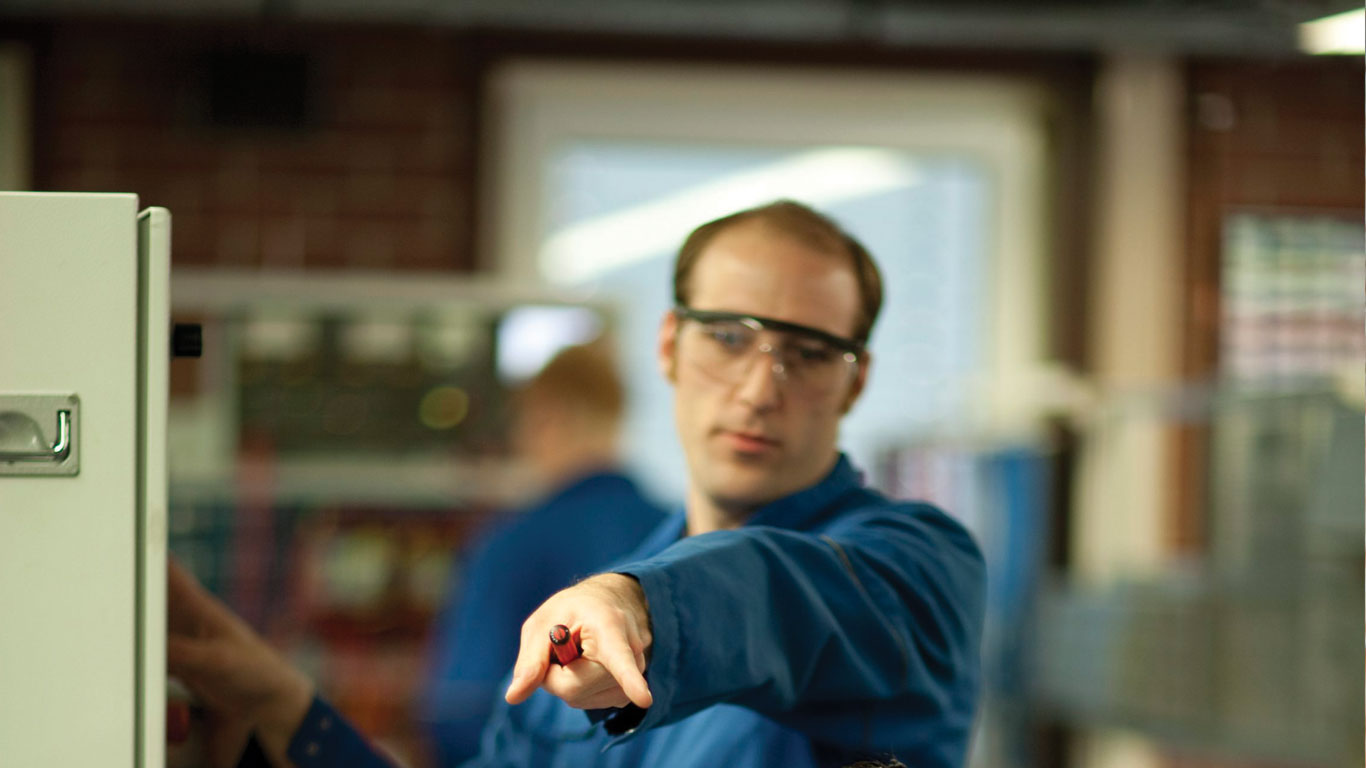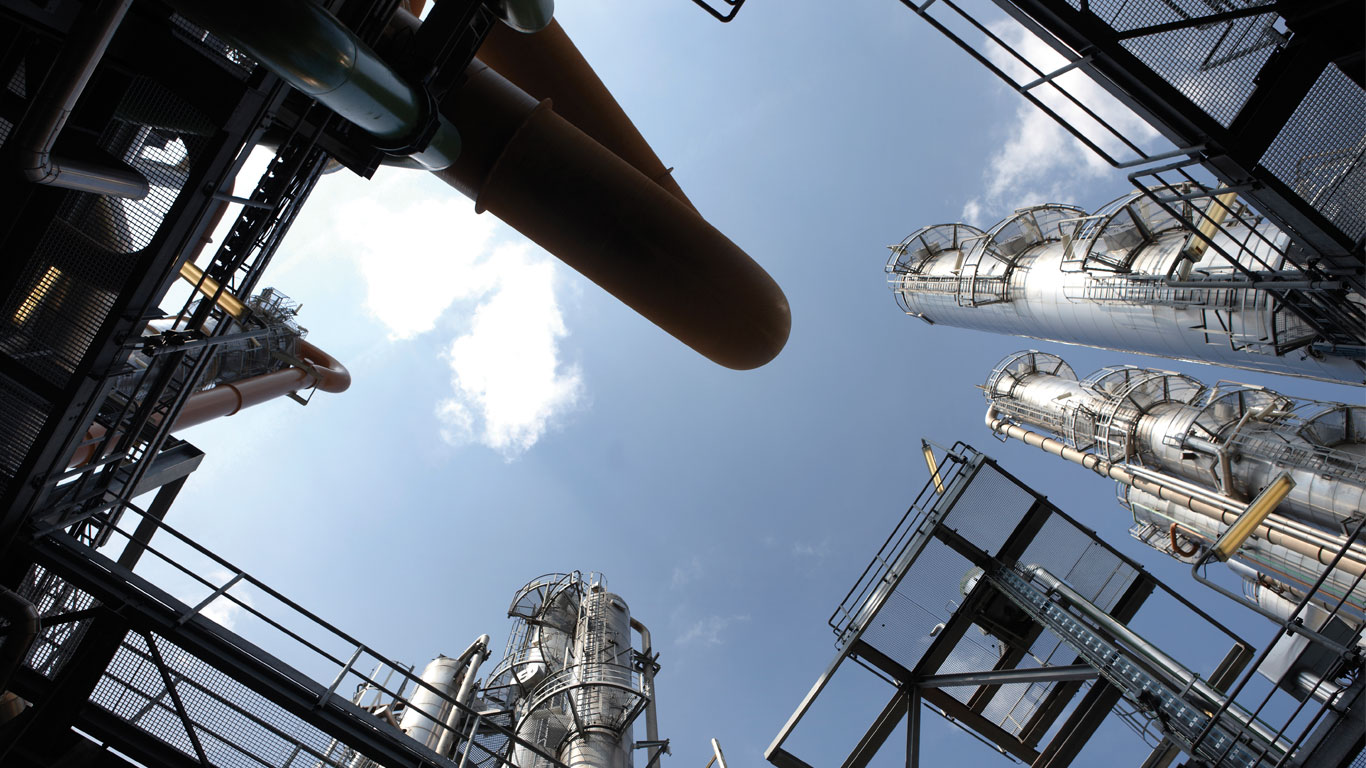No-one really knows the impact shale gas could have in Europe but the Continent is sitting on significant reserves. These can be tapped by a process known as ‘fracking’. INEOS says it is an opportunity the EU cannot afford to turn down if it seriously wants to compete with America where access to shale gas has slashed its energy prices, and fuelled its industrial revival with jobs and production processes, once outsourced to China, now coming back to the US as a result.
As Europe hesitates, America is already reaping the rewards of shale gas in terms of energy costs and security as well as competitive raw materials that underpin most of its manufacturing sector. And those rewards keep on coming.
Chemical companies from around the world are now flocking to the Houston area to build new gas crackers, restart old ones or expand existing plants so they can take advantage of the vast amounts of domestic natural gas that contains the vital raw materials used by the petrochemical industry to make plastics and solvents.
The American Chemical Council said it was one of the most exciting domestic energy developments of the past 50 years and was fuelling America’s industrial revival.
After years of losing out to developing economies in Asia, a growing number of American companies are now moving their manufacturing back to the United States. The tide may be turning. PricewaterhouseCoopers is calling it The Homecoming.
Across the Atlantic, though, in Europe, it’s a different story.
They too have the breakthrough technology to unlock the natural gas trapped in shale rock, but so far it remains untapped. And no one knows for how long.
France, having invested heavily in nuclear power, is facing opposition to shale gas exploration from the nuclear industry, and Germany, which has put its money into huge wind farms, faces the wrath of the renewable energy lobby. So the debate continues.
INEOS has decided it cannot wait, and has struck a deal with the US to bring US raw materials to its European plants to maintain a competitive global Olefins & Polymers business.
From 2015 INEOS Olefins & Polymers in Norway will begin taking shipments of US-derived ethane – an essential ingredient necessary to produce ethylene.
“We are a global business supplying world markets so competitively-priced raw materials are essential if we are to maintain our business and jobs here in the future,” said Magnar Bakke, site manager INEOS Olefins & Polymers Norway.
INEOS believes that having the capability to import up to 800,000 tons of ethane feedstock from the US every year complements our portfolio of feedstock agreements for its European gas crackers and will strengthen its competitive position as an ethylene producer in Europe for the foreseeable future.
Negotiating the American contract has taken two years – from when the idea was first suggested to the signing of the contracts. INEOS will not benefit financially from it until 2015. But when the benefits come, they will be substantial.
“We could start taking the ethane now but the systems and infrastructure are not yet set up to ship it out,” said David Thompson, Procurement Director INEOS O&P Europe. “They need to build an export terminal, for instance.”
Not long ago, America depended on imports of liquefied natural gas.
Now it is on the verge of becoming a major gas exporter.
What has made it economically viable is horizontal drilling and major advances in hydraulic fracturing of shale rock.
Upstream oil and gas companies have discovered how to squeeze oil and gas out of rock once thought too difficult and expensive to tap. In a nutshell, they have found a way of cracking open long, thin seams of shale and other rock by pumping water, sand and chemicals into the ground at high pressure to force the gas from the rock.
“It’s the technology which is the key technical breakthrough,” said David.
The problem for the US, though, now is that they have so much gas they don’t know what to do with it and, as a result, gas prices in the US have been tumbling, pulling down ethane feedstock prices too.
One way of stabilising prices is to find new customers. And INEOS is one of them.
“Right now the gas is used locally In America but a deal with us is a new way for the US to sell the ethane, which has been found in abundance in the typically ‘wet shale gas’,” said David.
There are some in the US that want to keep US gas in the US. Dow Chemical, for one, fears that unchecked exports will increase domestic prices again and also threaten investment in the US manufacturing sector.
“That debate is still ongoing,” said David.
Shortly before Christmas, INEOS finalised its 15- year contracts with the three companies that will be responsible for the drilling, distributing, liquefying and shipping of ethane from America to INEOS’ Rafnes site in Norway.
Ethane will be piped from the Marcellus shale reserves in the Appalachian Mountains to Marcus Hook, Pennsylvania. From there it will be shipped to Europe.
The gas will then be stored on site in a new ethane tank, which will be built alongside INEOS’ existing stores of local ethane and LPG.
The price of each will determine which feedstock INEOS uses – ethane or LPG – to produce ethylene, a chemical that is used in thousands of products we use every day. In short, it gives INEOS great flexibility.
David said the supply deal with Range Resources Appalachia LLC also strengthened INEOS’ competitive position as an ethylene producer in Europe for the ‘foreseeable future’.
And with EU decarbonisation policies likely to drive up energy prices in Europe, that has never been more important.
In a report to the House of Lords EU sub-committee, INEOS has warned that rising energy costs threaten to undermine the ability of manufacturers in the EU to compete on the world stage.
Particularly at risk, it said, were chemical industries that relied heavily on fossil fuels to run its plants.
“We are acutely vulnerable to fluctuations in energy prices,” said Tom Crotty. INEOS Group Director.
“We sell our products in fiercely competitive international markets and cannot pass on costs to our customers.
“But we cannot afford to operate in jurisdictions with uncompetitive energy prices.”
INEOS said if Europe were serious about decarbonisation, it had to shield energy-hungry industries from steep price rises while it moved towards creating affordable low-carbon energy sources.
“If it doesn’t, production will be forced out of Europe to more competitive locations which will mean the loss of jobs, investment and tax revenue,” he said.
Decarbonisation should not mean deindustrialisation, said Tom.
“The aim must be to connect industry to green energy supplies, not push industry away,” he added.
He said energy-intensive industries were not ‘sunset industries’ standing in the way of environmental improvements.
“They are actually a vital source of raw materials and innovations required to make the green economy a reality,” he said.
It is estimated that for every ton of CO2 used in the chemicals industry, more than two tonnes are saved by its products, which include catalysts, insulation, components for wind turbines, and solar cells.
INEOS said Germany and France had both implemented policies that gave industry the confidence to invest and thrive.
Germany, it said, provided significant energy tax rebates while France facilitated long-term energy contracts.
“The UK currently risks being left behind,” said Andrew Mackenzie at INEOS ChlorVinyls. “UK electricity prices are high compared to other European countries, and our gas prices are much higher than countries outside Europe.
“This international competitiveness gap is set to widen dramatically over the next decade due to government policies increasing energy prices.”
He said shale gas, which is widely regarded as the most important bridge to future renewable energy because of its low carbon footprint, was a valuable new resource that would improve the UK’s energy security and mean more competitive prices in the UK.
Test drilling for shale gas in the UK, which is believed to have an estimated 200 trillion cubic feet of onshore reserves in the North West alone, has now resumed in Lancashire after an initial scare in May 2011.
And that’s good news for INEOS.
“Our success in the UK depends on access to competitive energy and feedstock supplies,” he said.
“Having access to more competitively priced feedstock and energy would transform the fortunes of the UK petrochemicals industry and help it to compete in a global market.”
In America, gas – thanks to the shale gas bonanza – is now five times cheaper than the UK.
“Similar gas prices in the UK would reduce the cost of chlorine production by £50 million a year at our Runcorn site, which currently uses as much electricity as the city of Liverpool,” said Andrew.
Test drilling for shale gas in the UK was stopped by the Coalition Government after Cuadrilla Resources Ltd caused a minor tremor near Blackpool.
A subsequent investigation by three eminent geologists reassured the government that fracking was safe.
“It was just blown out of proportion by the media,” said Tom. “The ‘earthquake’ was lower than the tremors we get every day from shifts in old mine workings.
“The geologists’ report said there was not a problem but the company needed take necessary steps to ensure it didn’t happen again.”
INEOS is keen to do business with Cuadrilla.
“They are planning to use it as fuel but how easily you can use it as fuel will depend upon what’s in it,” said Tom.
Before natural gas can be sold commercially, the certain components of the mixture, called fractions, must be extracted. Those include hydrocarbons such as ethane, butane and propane, which are highly valued as raw materials by the chemical industry.
“Cuadrilla don’t know the composition of the gas yet because they have not got it out of the ground, but if they need to take out those gases, that’s where we can step in and help,” said Tom.
“We can take off those gases, if you like, and make chemicals with them to make valuable products that can be used and re-used,” he said.
“As far as we are concerned, nothing should be wasted.”
Waste is one of INEOS’ biggest bugbears.
“Ethane is the most valuable chemical feedstock in the world because you can make things out of it but most of it gets burned because it doesn’t get extracted out of the gas stream,” he said.
INEOS currently owns two of the four gas crackers in Europe.
One is in Norway; the other is in Grangemouth in Scotland.
About 30 years ago the Grangemouth cracker was built to run on pure ethane which was coming from the North Sea oil rigs.
Over the past 15 years, though, the quantity of ethane, which is a lighter gas, has gone down and has been replaced by heavier gases, which contain a lot more carbon.
“The carbon clogs up the ethane cracker so you have to shut the whole thing down to get in and clean it which means it is very inefficient,” said Tom Crotty.
INEOS recently spent millions on its cracker in Grangemouth so that it could cope with the wetter, heavier feedstock.
As things stand, Grangemouth cannot take advantage of the ethane, which has been distilled from the cheap shale gas in America, without investing heavily in the site.
Studies are being carried out to explore options at the site.
“We would have to build a new jetty, reception facilities and storage tanks,” said Tom.
“In Norway we already have much of that. And we will be investing in building more facilities so we can take more of it in the future.”
